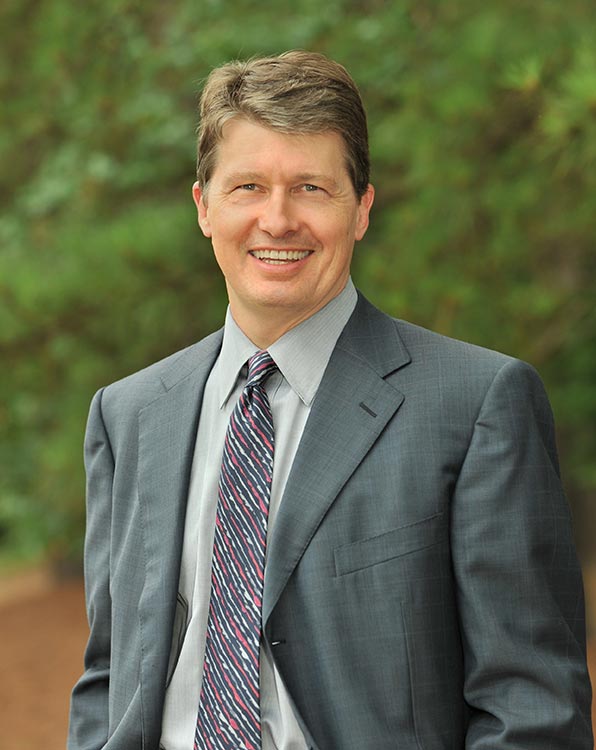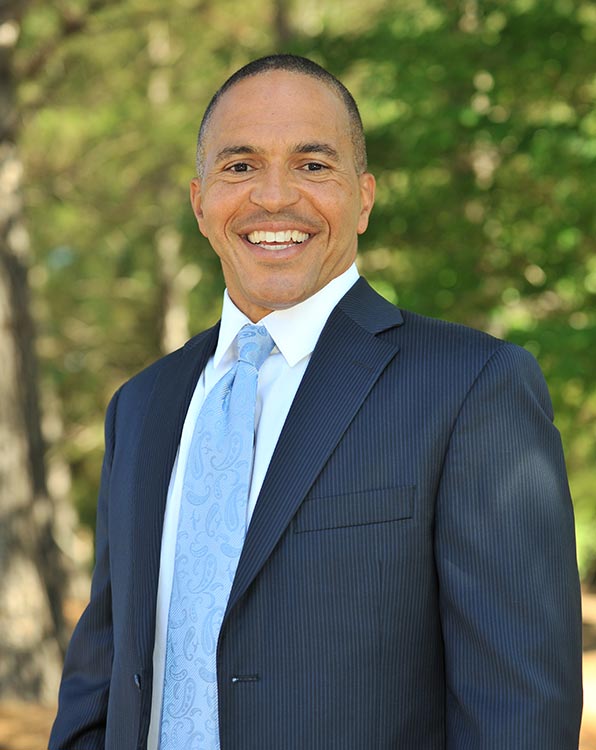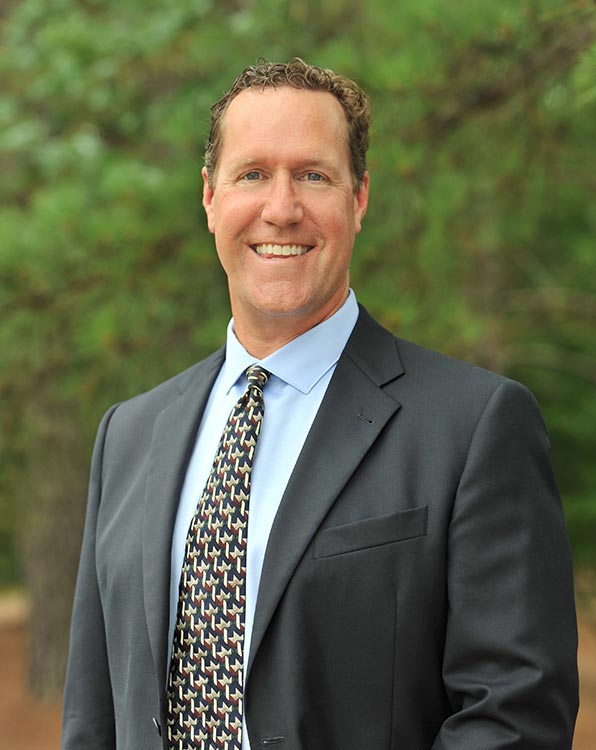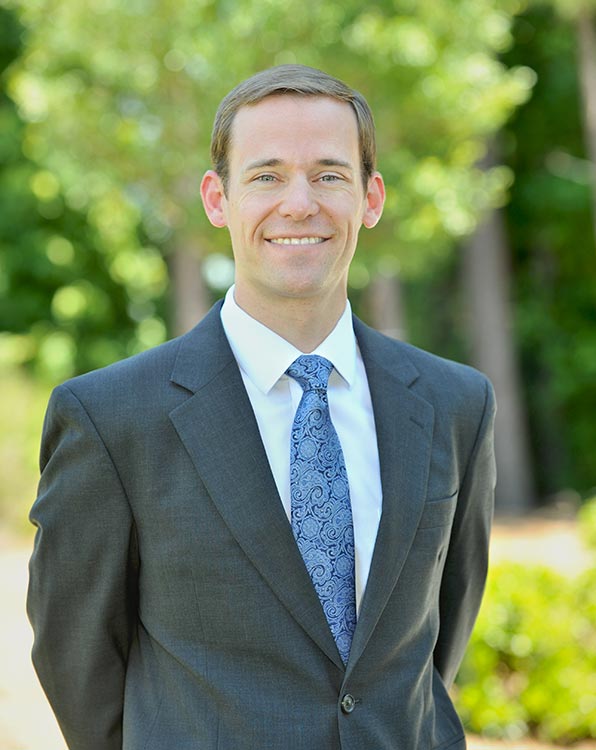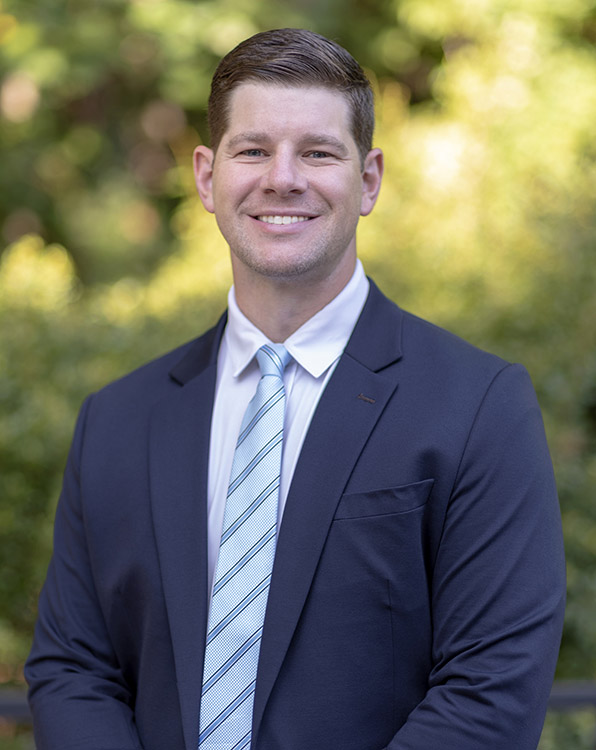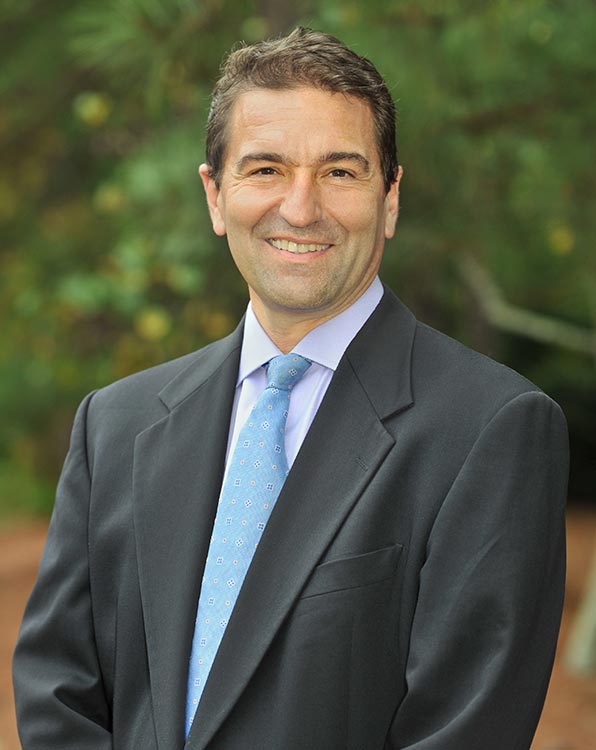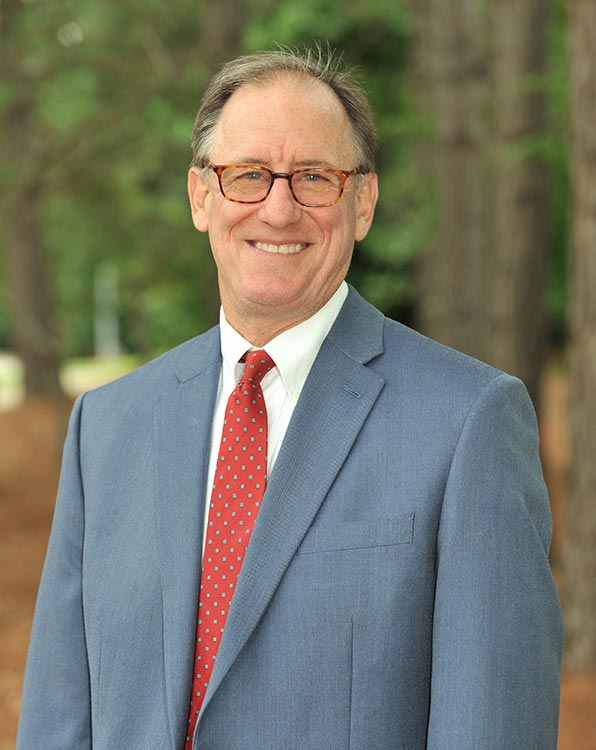Leading Doctors for Orthopaedic Shoulder Injuries
The shoulder is the most mobile joint in the body. Due to its mobility and flexibility, the joint is not very stable, which can easily lead to shoulder injuries or problems such as dislocation, rotator cuff tear or separation. Based on your needs and goals, we tailor a treatment plan geared toward regaining your full mobility, so you can get back in the game or return to your daily activities. Our orthopaedic shoulder doctors offer non-surgical, minimally invasive and open surgery to restore the full use of your shoulder.
Shoulder Injuries
Shoulder Treatments
- Arthroscopic rotator cuff repair
- Total shoulder replacement (arthroplasty)
- Subscapularis repair
- Arthroscopic labral repair
- Arthroscopic posterior labral repair
- Anatomic shoulder arthroplasty
- Reverse shoulder arthroplasty
- Partial shoulder arthroplasty
- Arthroscopic shoulder surgery for frozen shoulder
- Arthroscopic shoulder surgery for calcific tendonitis
- Arthroscopic shoulder surgery for AC joint arthritis
- Latarjet procedure
- Open capsular shift procedure
- Clavicle fracture fixation
- Proximal humerus fracture fixation
- Acromioclavicular (AC) joint separations
- Biceps tenodesis surgery
- Acromioplasty
- Revision shoulder surgery
- Revision shoulder replacement
- Revision rotator cuff surgery

